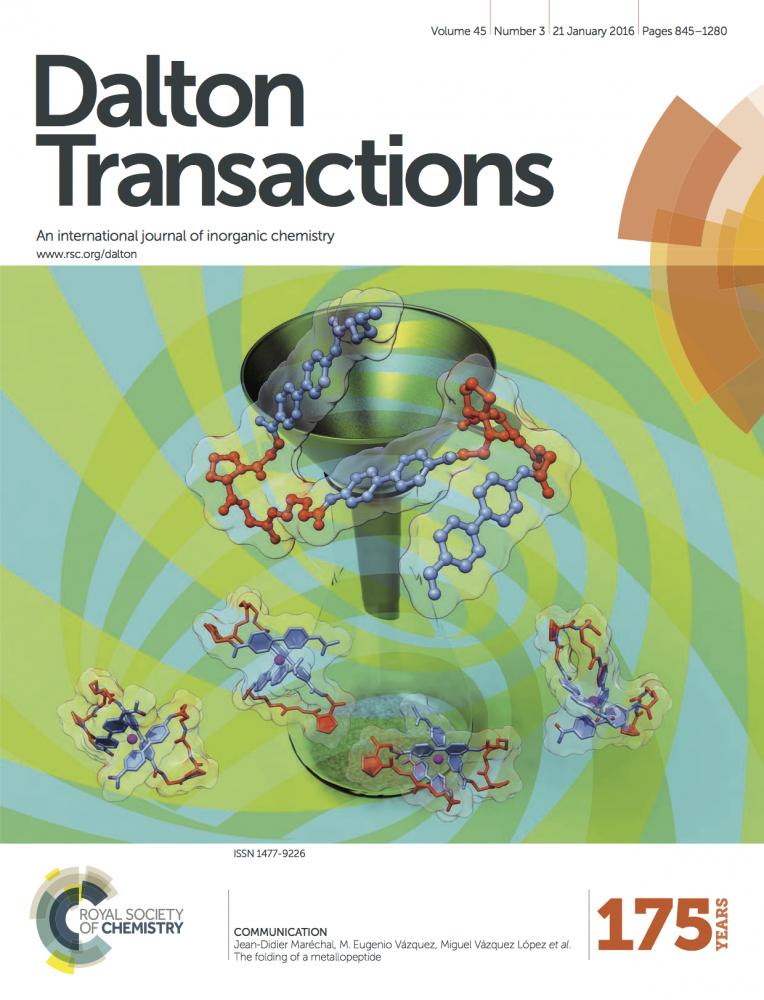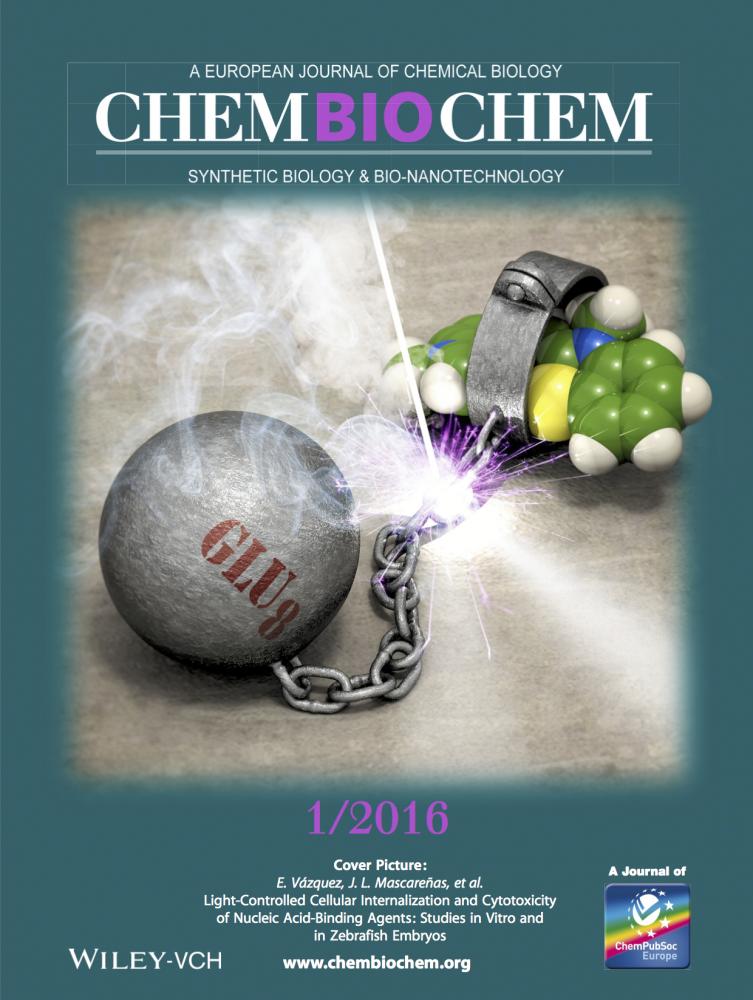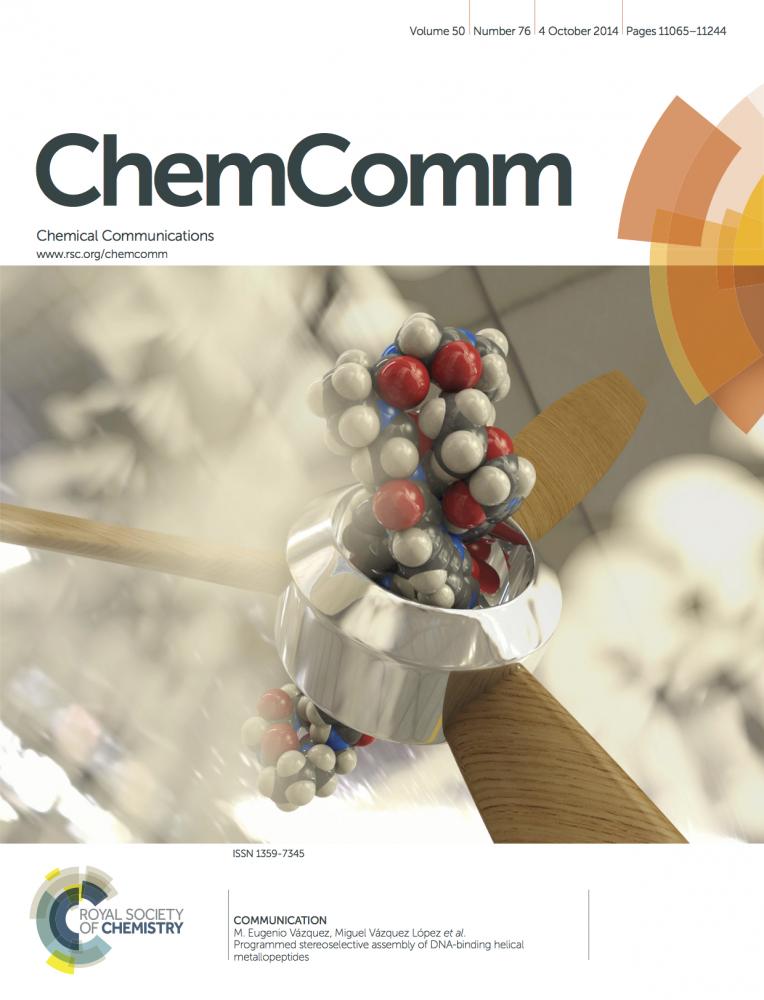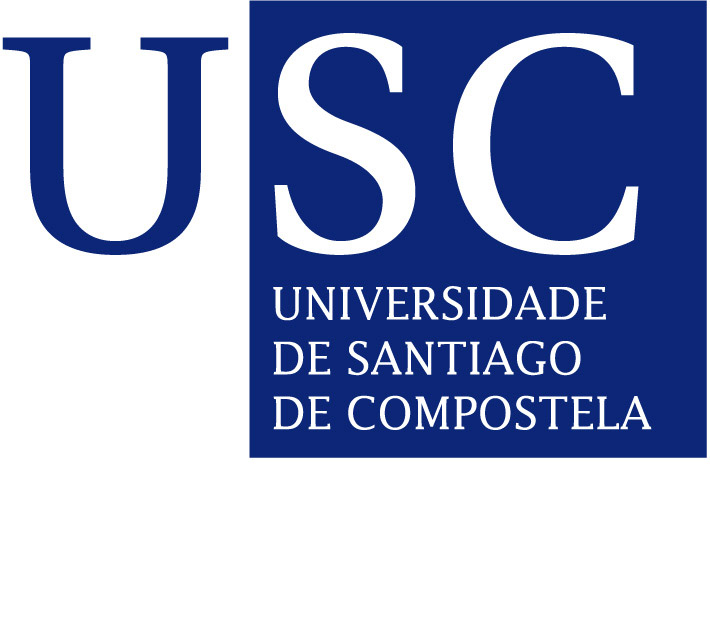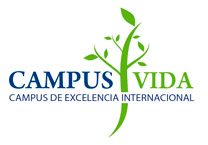Vázquez López / Vázquez Sentís
Research themes
Main researcher(s)
Group members
| Alcalde Ordoñez, Ana |
Postdoctoral Researcher |
|
| Bouzada Reboredo, David |
Postdoctoral Researcher |
|
| López Blanco, Roi |
Postdoctoral Researcher |
|
| González González, Carmen |
PhD Candidate |
|
| Muñoz Villoria, Alberto |
PhD Candidate |
|
| Sánchez-Brunete Gayoso, Diego |
PhD Candidate |
|
| Sarmiento Fuentes, Axel |
PhD Candidate |
Research
Over the last few years there has been an enormous development in the field of Chemical Biology, to the point that most problems in biology can now be approached from a molecular perspective. As Arthur Kornberg said: “Much of life can be understood in rational terms if expressed in the language of chemistry”. Indeed, the spectacular achievements in biology have been made possible by the developments in chemical sciences, which provide the means for synthesizing, characterizing and selectively modifying increasingly complex systems.
Our research aims to explore fundamental problems at the interface of Chemistry and Biology, particularly in the areas of bimolecular recognition and sensing, through a multidisciplinary approach involving a combination of chemical synthesis, biophysical and biochemical methods, and computational chemistry. More specifically, our work has focused on three main topics:

- The synergistic integration of coordination chemistry and peptide engineering to construct new supramolecular assemblies with biological activity, particularly new DNA-binding agents that target non-canonical structures, such as G-quadruplex and three-way junctions. We have focused our efforts in the development of bipyridine-based peptide chelators that encode in their sequence their folding into compact peptide helicates, which have shown unique twDNA binding properties.
- The development of new fluorescent probes for the specific detection of relevant biomolecules (e.g, RNA, oncoproteins, kinases), as well as cellular processes. We are also interested in new fluorescent probes for cell microscopy, such as the mitochondrial tracker MitoBlue, that can be used to easily monitor the changes in mitochondrial quality control mechanisms in different cells and cellular conditions.
- The application of peptide and protein engineering for the development of new materials, including templated metal nanoclusters, or conductive peptides. We envisioned that we could replicate the functional and architectural complexity of large ring proteins using synthetically accessible peptides that self-assemble into oligomers.

